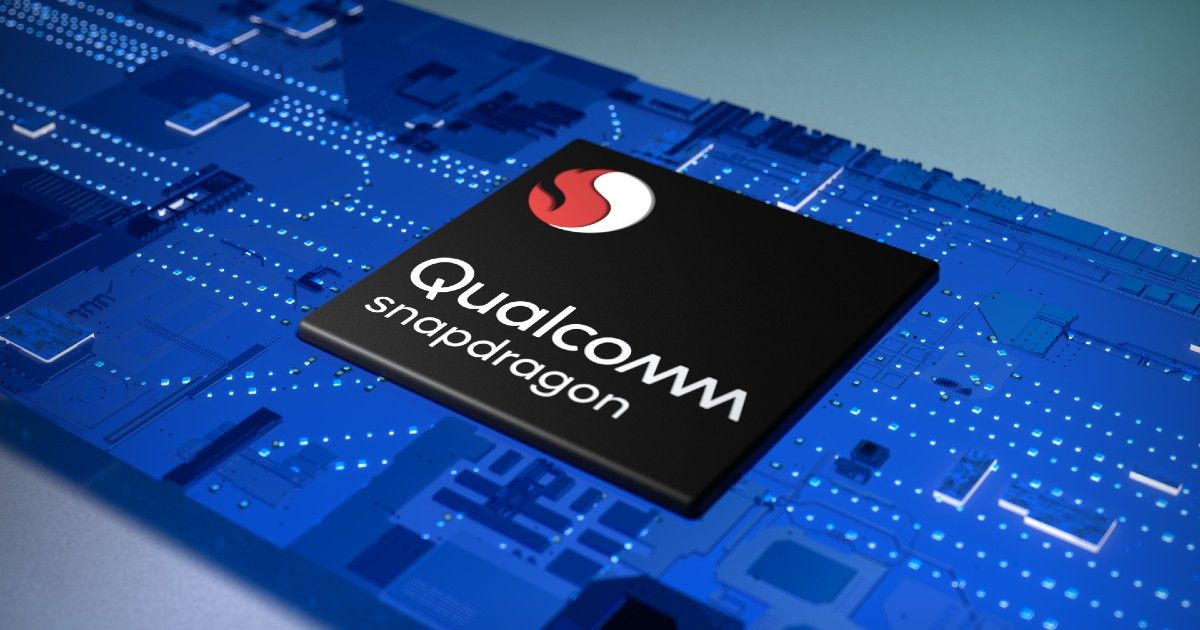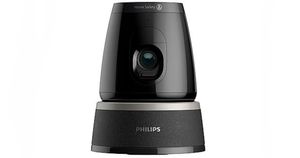Chip giant ARM today unveiled its first CPU and GPU designs for next generation ARM v9 architecture. This includes flagship class Cortex-X2 and Cortex A710 CPUs, and the company’s new Mali G710 GPU. The three chips are the first to use the ARM v9 architecture, which is the first big change ARM has brought to its designs in over a decade. ARM’s chips usually serve as the blueprint for the chips that Qualcomm, MediaTek and even Apple use in their devices, which means that the new Cortex-X2, Cortex A710 and Mali G710 are what you will see in most smartphones (and perhaps even laptops) going forward.
The Cortex-X2 will be the one to watch here, because it’s part of ARM’s custom program. Under this, the company offers a license to customers, where they can take an existing ARM design and customize it for their own preferences. This is usually how Qualcomm’s Kryo, Samsung’s Mongoose or even Apple’s Bionic chips come from. The Cortex-X2 will be ARM’s most powerful design going forward and offers 16 percent performance boost over the Cortex-A78. On the other hand, the Cortex-A710 offers 10 percent gains over the Cortex-A78 and 20 percent better power efficiency.
The company also announced a new Cortex-A510 chip, which is an improvement over the Cortex-A55 design. This one offers 20 percent efficiency gains over the A55, which is common amongst mid-ranged smartphones today. The Cortex-A510 is perhaps more important here, because ARM’s designs follow the big.LITTLE structure — a combination of powerful performance cores and efficiency cores. Systems are designed in order to offload performance hungry tasks to the big cores, while the less resource intensive tasks use the LITTLE cores. This ensures a balance between performance and battery life.
The Cortex-A510 cores make up the LITTLE cores explained above, while the Cortex-X2 and Cortex-A78 are more suited for the big clusters. This is the first time in four years that the company has brought about an update to the LITTLE cluster on its designs.
The new designs set the stage for what chips will look like going forward, and how they will perform. For reference, Qualcomm’s Snapdragon 888 chip uses a custom version the Cortex-X1 core, combined with the Cortex-A78 core.
ARM Announces First Armv9 Based CPUs and GPUs Which Will Power 2022 Android Phones
The ARM v9 architecture is the first time the chip company has introduced a new architecture in a decade, and the new chips set the stage for future smartphones.















